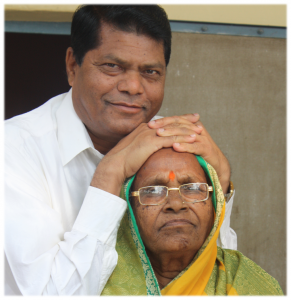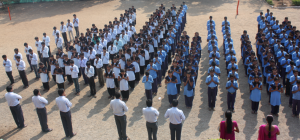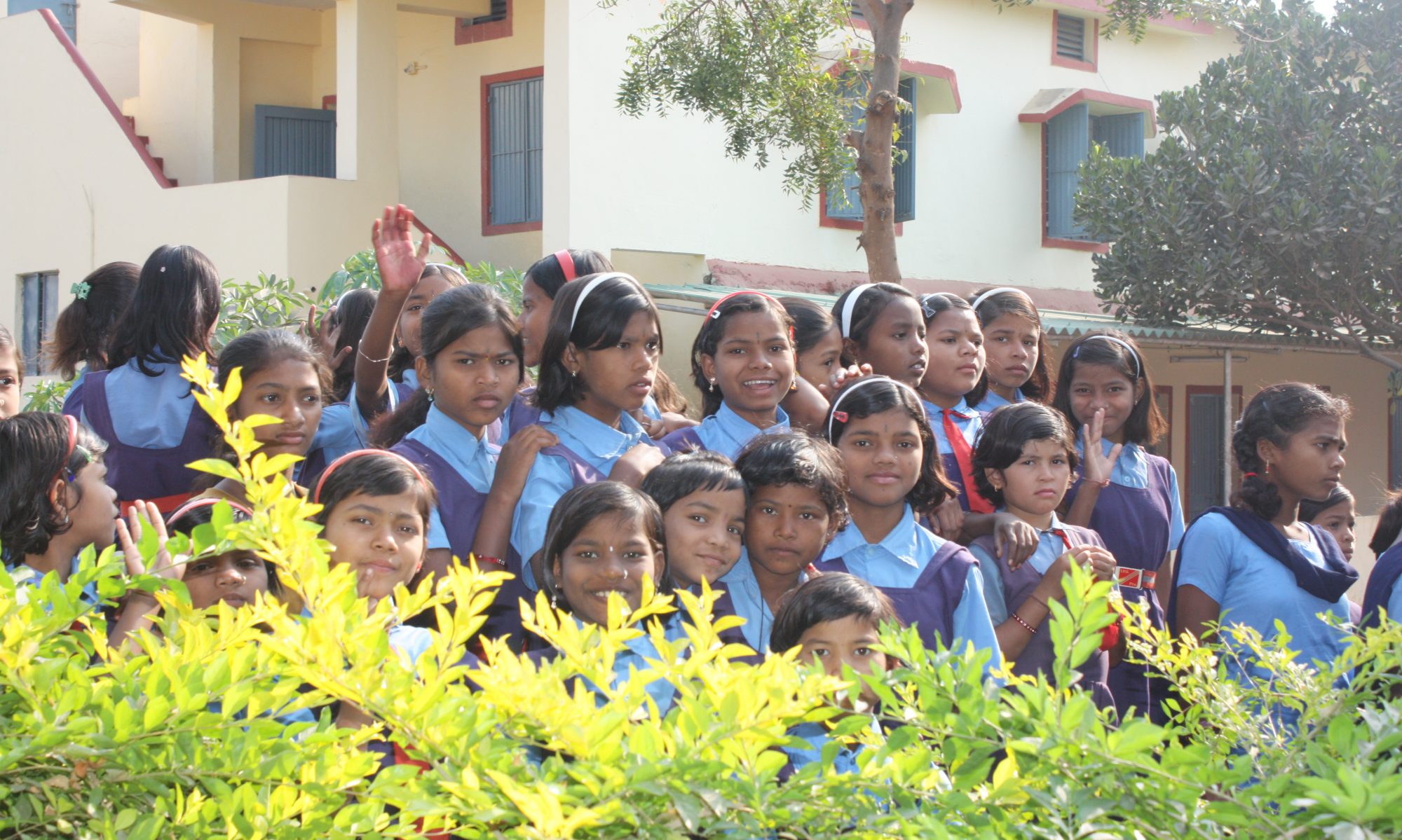
Bajirao Gawai, the founder of the Panchsheel Adivasi Ashram School, actually worked as an administrative director at a mission hospital in Padhar, a small village in the state of Madhya Pradesh .
The hospital has been in a lively exchange with Europeans, especially German medical students and doctors ( Friends of Padhar). Mr Gawai, even though from a poor background, had already an old vision together with his wife Sheela to improve life for the impoverished children of India and thus the situation of the Adivasi in the long term.
So it was in 1985 that the young medical student Stefan Gemen visited the hospital in Padhar. He understood immediately well with the administrator, who invited him to his home, and finally told him about his dream. Stefan Gemen was enthusiastic about the idea, but he also came from simple circumstances and wondered how such a project could be financed. After he visited the hospital with his girlfriend Claudia once more, the idea arose, to collect money on the planned wedding of the two. Traditional gifts such as porcelain or silver cutlery weren’t needed by the young student pair at the time, and so Bajirao Gawai could be provided with the collected money, who got closer to his idea – education for the poorest.
But how do you start this in a developing country where corruption and unwillingness for education are only two of the many problems?
As a first step, a hostel was built in the town of Paratwara, which allowed a group of boys to live close to the school and to go to school regularly. The main problem quite often was that the distances from village to school for the children were not to be coped with and therefore it was renounced completely on the school visit.
The next step was the construction of a school. A piece of land in the middle of the jungle was bought. Mr Gawai chose this place, as the needs of the Adivasi were the greatest here.

At first, the boarding school was built only for boys. The reason being that such a project would not have worked at all in India with girls at that time; the state would have immediately revoked Mr Gawai’s school license. He was aware of this and so he started only with boys and than began to integrate gradually more and more girls at the school.
So the project grew ever further. However, it was still solely dependent on donations, as the Indian government promoted only her own schools.
A great success could be achieved when finally the teachers’ wages and the meals of the pupils were taken over by the authorities from 1997 onwards. Thus, over the years, many students were able to acquire a basic education.
Since more and more supporters were found for the project in the past, especially in the course of the last years, the site could be expanded step by step.
Today it is possible for 600 pupils aged 6-19 to attend the school. They learn, eat and sleep here. At the end of the twelfth grade they can also take the Indian Abitur, which enables them to attend a university.
For the smaller children, in 2012, the Felix-Convent was launched.


